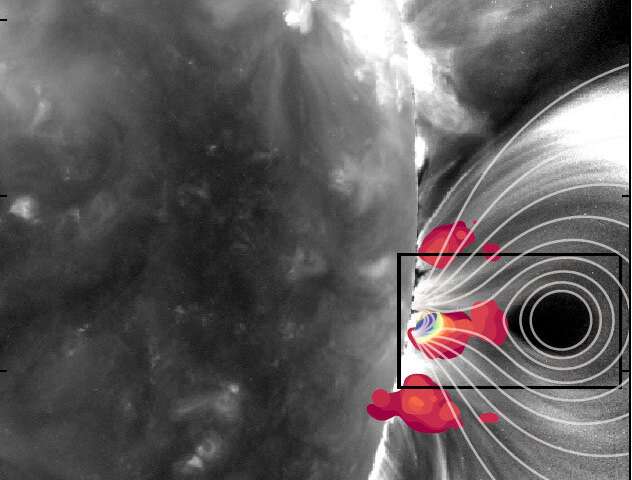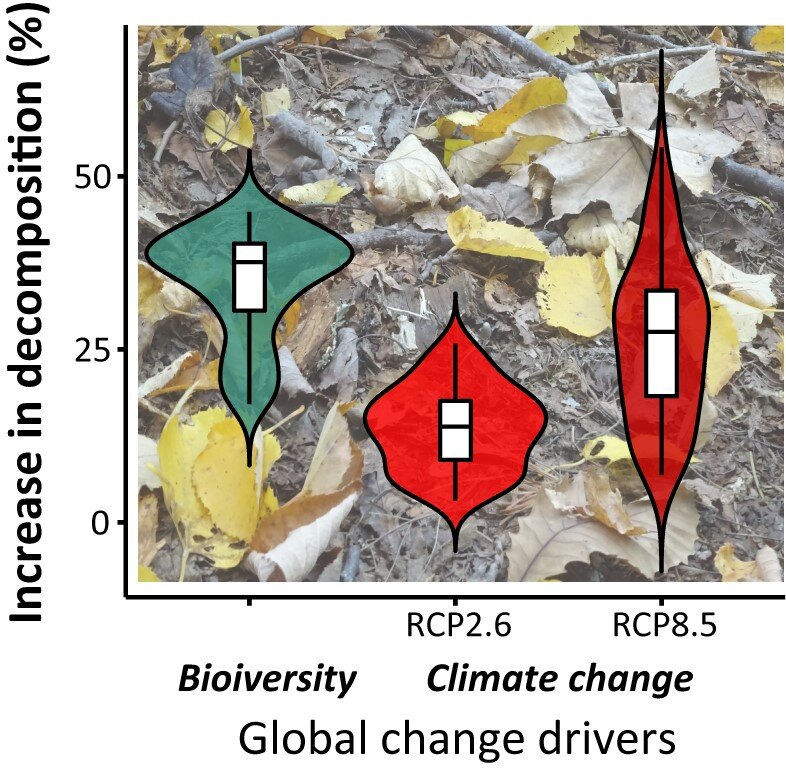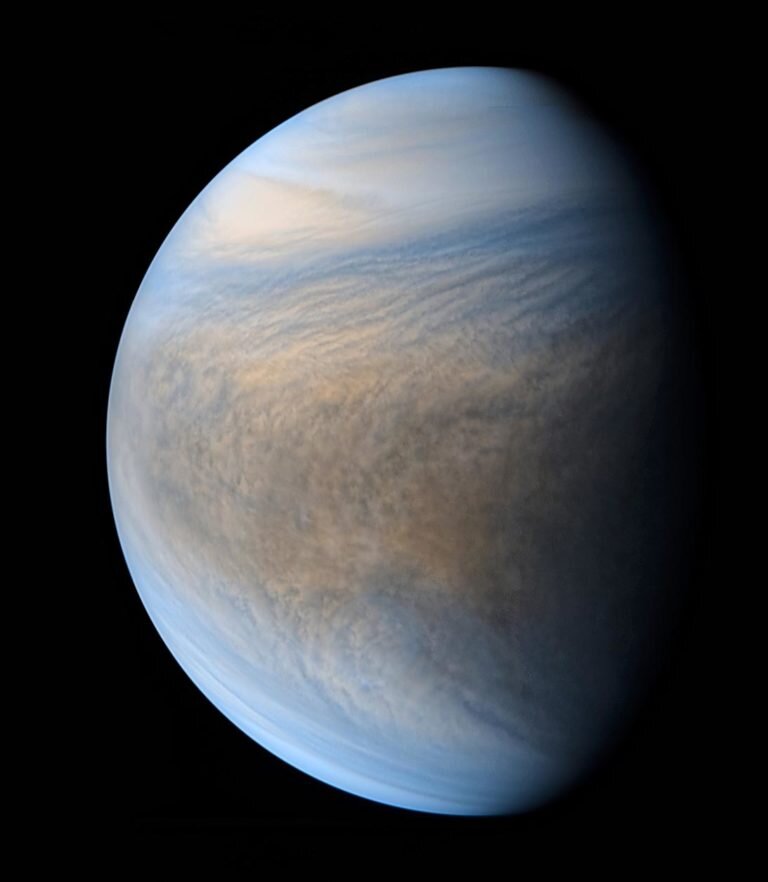#Measuring the structure of a giant solar flare
“#Measuring the structure of a giant solar flare”

The sun’s corona, its hot outermost layer, has a temperature of over a million degrees Kelvin, and produces a wind of charged particles, about one-millionth of the moon’s mass is ejected each year. Transient events have been known to cause large eruptions of high-energy charged particles into space, some of which bombard the Earth, producing auroral glows and occasionally veven disrupting global communications. One issue that has long puzzled astronomers is how the sun produces these high-energy particles.
Flares or other kinds of impulsive events are thought to be key mechanisms. The hot gas is ionized and produces an underlying sheet of circulating current that generates powerful magnetic field loops. When these loops twist and break they can abruptly eject pulses of charged particles. In the standard picture of solar flares, large-scale motions drive this activity, but where and how the energy is released locally, and how the particles are accelerated, have remained uncertain because the magnetic properties of the large-scale current sheet have not been measured at sizes small enough to correspond to the domains of flaring activity.
CfA astronomers Chengcai Shen, Katharine Reeves and a team of their collaborators report spatially resolved observations of the regions of magnetic field and flare-ejected electron activity. The team used the thirteen antenna array at the Expanded Owens Valley Solar Array (EOVSA) and its microwave imaging techniques to observe the giant solar flare on 2017 September 10. As the event progressed they saw a rapidly ascending, balloon-shaped dark cavity, corresponding to twisted magnetic field lines rising, breaking, and ejecting electrons as viewed roughly along the axis of the field lines.
The scientists were able to model the details of the configuration, and by estimating the strength of the magnetic field and the speed of the plasma flow, they determined that this one large flare alone released during its peak few minutes about .02% of the energy of the entire sun. Their results suggest that these kinds of spatial structures in the field are the primary locations for accelerating and channeling the fast-moving electrons into interplanetary space, and demonstrate the power of these new, spatially resolved imaging techniques.
More information:
“Measurement of Magnetic Field and Relativistic Electrons Along a Solar Flare Current Sheet,” Bin Chen, Chengcai Shen, Dale E. Gary, Katharine K. Reeves, Gregory D.Fleishman, Sijie Yu, Fan Guo, Sam Krucker, Jun Lin, Gelu Nita, and Xiangliang Kong, Nature Astronomy (in press) 2020. arxiv.org/abs/2005.12757
Measuring the structure of a giant solar flare (2020, July 6)
retrieved 6 July 2020
from https://phys.org/news/2020-07-giant-solar-flare.html
This document is subject to copyright. Apart from any fair dealing for the purpose of private study or research, no
part may be reproduced without the written permission. The content is provided for information purposes only.
If you want to read more Like this articles, you can visit our Science category.
if you want to watch Movies or Tv Shows go to Dizi.BuradaBiliyorum.Com for forums sites go to Forum.BuradaBiliyorum.Com




